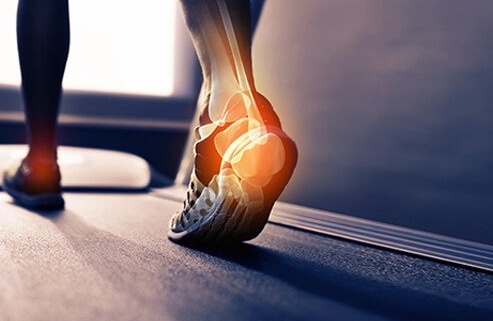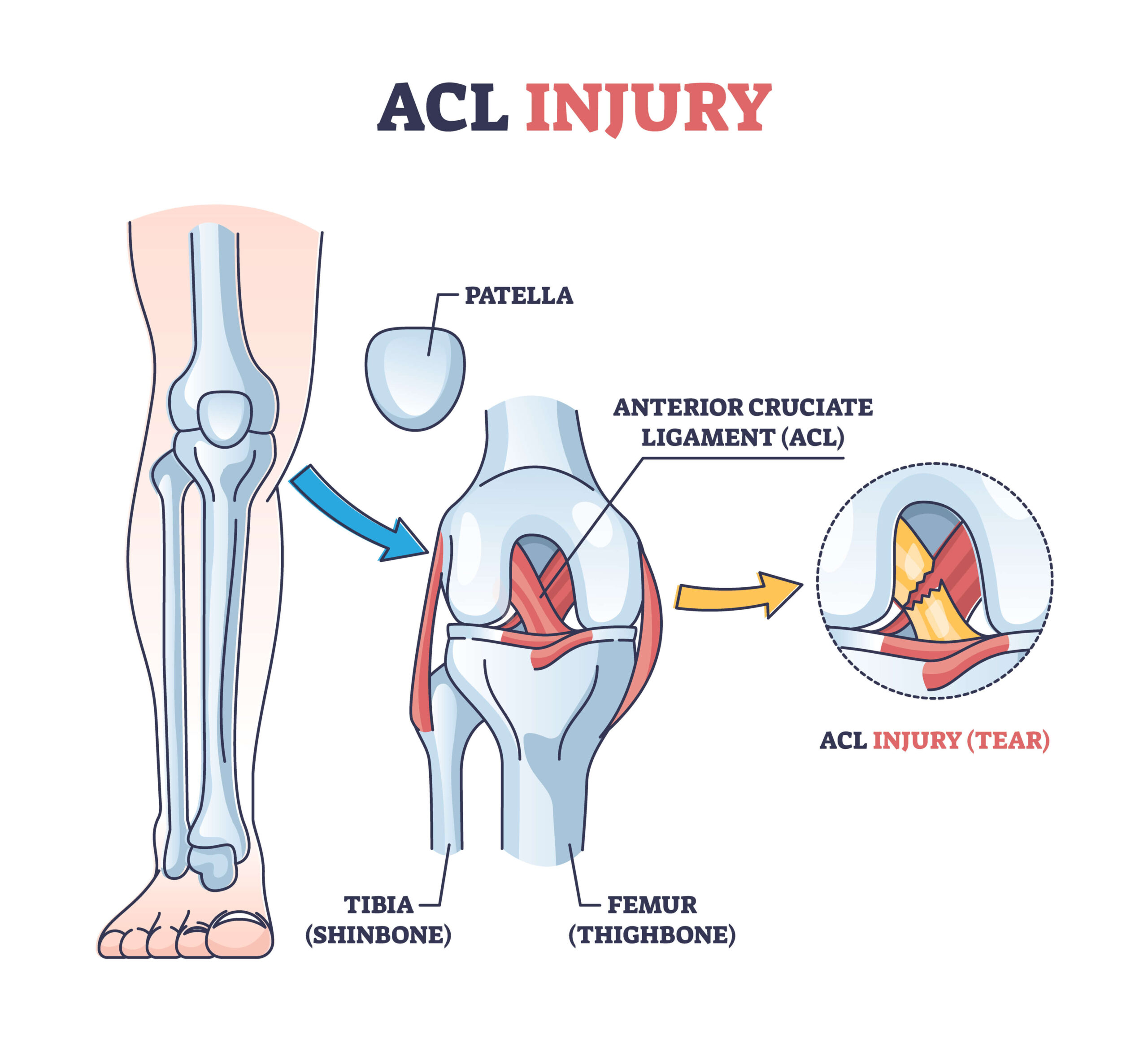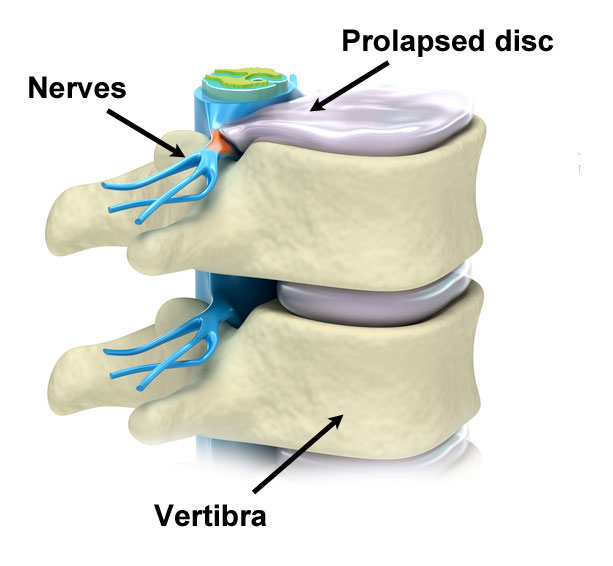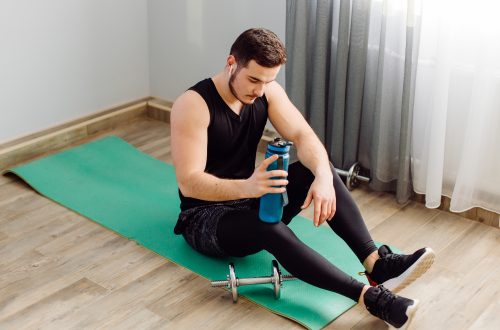Participating in sports is a great way to stay active, enjoy competition, and maintain physical fitness. However, sports also come with the risk of injuries, which can sideline athletes and affect their performance. Understanding how to prevent common sports injuries is crucial for athletes of all levels, from amateurs to professionals. This article provides practical tips and strategies to minimize the risk of injuries while participating in sports.
Understanding Common Sports Injuries
Before discussing prevention methods, it is essential to understand the types of injuries that are common in sports:
- Sprains: These occur when ligaments (the bands connecting bones at a joint) are stretched or torn, often due to twisting movements.
- Strains: This refers to injuries to muscles or tendons (the cords connecting muscles to bones) caused by overstretching or overexertion.
- Fractures: Broken bones can occur from falls, direct blows, or impact during sports.
- Tendinitis: Inflammation of a tendon, often due to overuse, resulting in pain and stiffness.
- Shin Splints: Pain along the shin bone, typically caused by repetitive impact activities, common among runners.
- Concussions: A type of traumatic brain injury caused by a blow to the head, affecting brain function and requiring immediate medical attention.
Prevention Strategies
1. Proper Warm-Up and Cool-Down
A proper warm-up routine prepares your body for physical activity by increasing blood flow to the muscles and improving flexibility. This can significantly reduce the risk of injury.
- Warm-Up: Spend 5-10 minutes doing dynamic stretches and light aerobic activities such as jogging or jumping jacks. Focus on the muscles you’ll be using during the sport.
- Cool-Down: After the activity, allow your heart rate to return to normal with gentle stretching and deep breathing exercises. This helps prevent stiffness and promotes recovery.
2. Use Appropriate Equipment
Using the right gear is crucial for injury prevention:
- Footwear: Invest in sport-specific shoes that provide proper support, cushioning, and grip. Worn-out shoes can increase the risk of injuries.
- Protective Gear: Depending on the sport, use appropriate protective equipment such as helmets, shin guards, knee pads, and mouthguards. This gear can protect against direct injuries.
3. Focus on Technique and Skills
Proper technique is essential in any sport. Poor form can lead to overuse injuries and strains. Consider the following:
- Coaching: Work with a qualified coach or trainer to learn the correct techniques for your sport. This guidance can help you avoid bad habits that lead to injury.
- Drills: Practice skills and movements regularly to build muscle memory and improve overall performance while reducing injury risk.
4. Strength Training and Conditioning
Incorporating strength training into your routine can enhance muscle strength, stability, and endurance, which are critical for injury prevention.
- Core Strength: Focus on exercises that strengthen your core muscles, as a strong core supports balance and stability, reducing the likelihood of falls and injuries.
- Functional Training: Engage in exercises that mimic the movements specific to your sport, helping your body adapt to the physical demands it will face.
5. Maintain Flexibility
Flexibility plays a significant role in preventing injuries, as it allows for a greater range of motion in joints and muscles.
- Stretching: Incorporate regular stretching routines into your training schedule, focusing on all major muscle groups. Yoga and Pilates can also enhance flexibility and balance.
- Foam Rolling: Use a foam roller to relieve muscle tightness and improve circulation, which can enhance recovery and flexibility.
6. Listen to Your Body
One of the most important aspects of injury prevention is being in tune with your body:
- Recognize Warning Signs: Pay attention to signs of fatigue, pain, or discomfort. Ignoring these signals can lead to more severe injuries.
- Rest and Recovery: Allow time for your body to recover between workouts. This is crucial for muscle repair and overall performance. Consider incorporating rest days into your training regimen.
7. Stay Hydrated and Maintain Nutrition
Proper hydration and nutrition are vital for optimal performance and injury prevention.
- Hydration: Drink plenty of water before, during, and after exercise to maintain fluid balance. Dehydration can impair performance and increase the risk of cramps and injuries.
- Nutrition: Consume a balanced diet rich in vitamins, minerals, and macronutrients. Foods high in protein support muscle repair, while carbohydrates provide energy for workouts.
8. Gradual Progression
When starting a new sport or increasing your training intensity, make sure to progress gradually.
- Incremental Changes: Increase the duration and intensity of your workouts gradually. Sudden changes can overwhelm your body and lead to injuries.
- Cross-Training: Engage in a variety of sports and activities to reduce repetitive strain on specific muscles and joints. This approach can improve overall fitness and reduce injury risk.
9. Proper Rest and Recovery
Rest is an essential component of any training program. Allow your body adequate time to recover between workouts to prevent overuse injuries.
- Sleep: Aim for 7-9 hours of quality sleep each night, as sleep is crucial for muscle recovery and overall health.
- Active Recovery: Incorporate low-intensity activities like walking or swimming on rest days to promote circulation without putting excessive stress on your body.
10. Education and Awareness
Educate yourself about the potential risks associated with your sport and stay informed about the latest safety guidelines.
- Workshops and Clinics: Attend workshops or clinics focused on injury prevention in your sport. Learning from experts can provide valuable insights and techniques to keep you safe.
- Stay Updated: Follow reputable sources for information on injury prevention and updates within your sport.
Conclusion
Preventing sports injuries is essential for athletes who want to maintain their performance and enjoy their chosen activity. By incorporating proper warm-up and cool-down routines, using appropriate equipment, focusing on technique, strength training, maintaining flexibility, listening to your body, staying hydrated, progressing gradually, and allowing for proper recovery, athletes can significantly reduce their risk of injuries. Educating oneself and staying aware of best practices can also contribute to a safer sports experience. Embracing these preventive measures will not only help you stay active and healthy but also enhance your overall enjoyment of sports.






